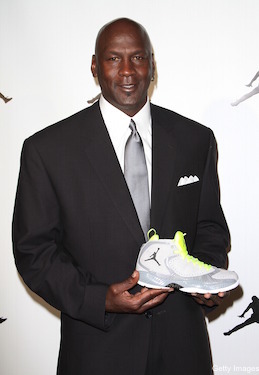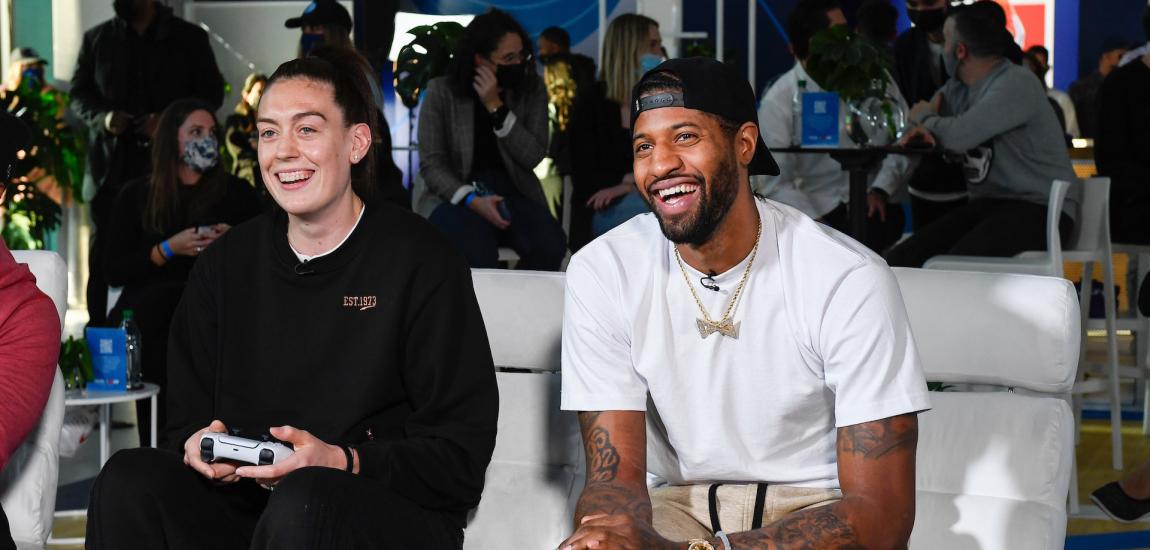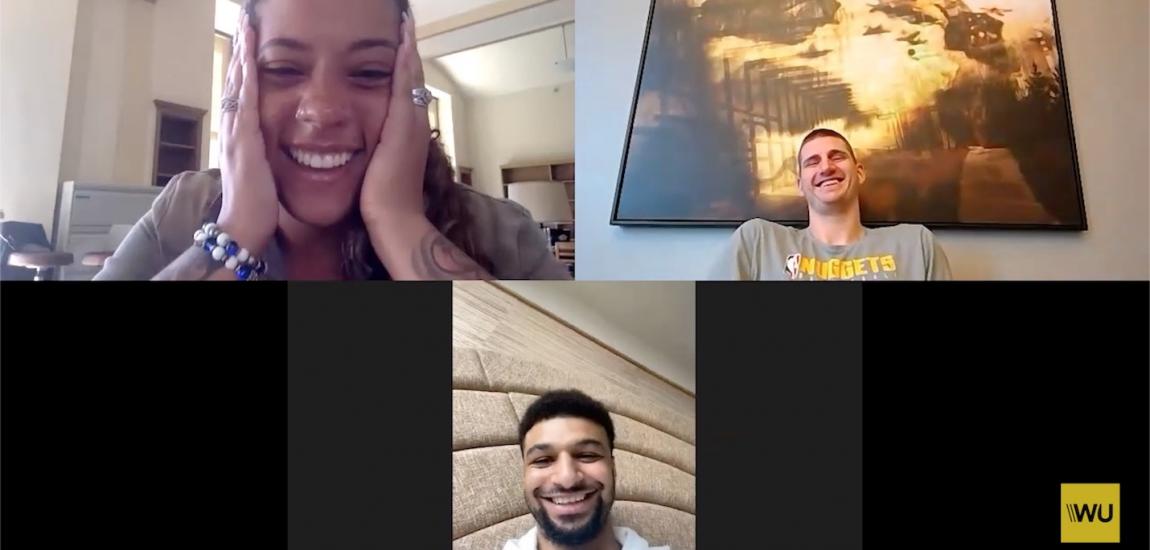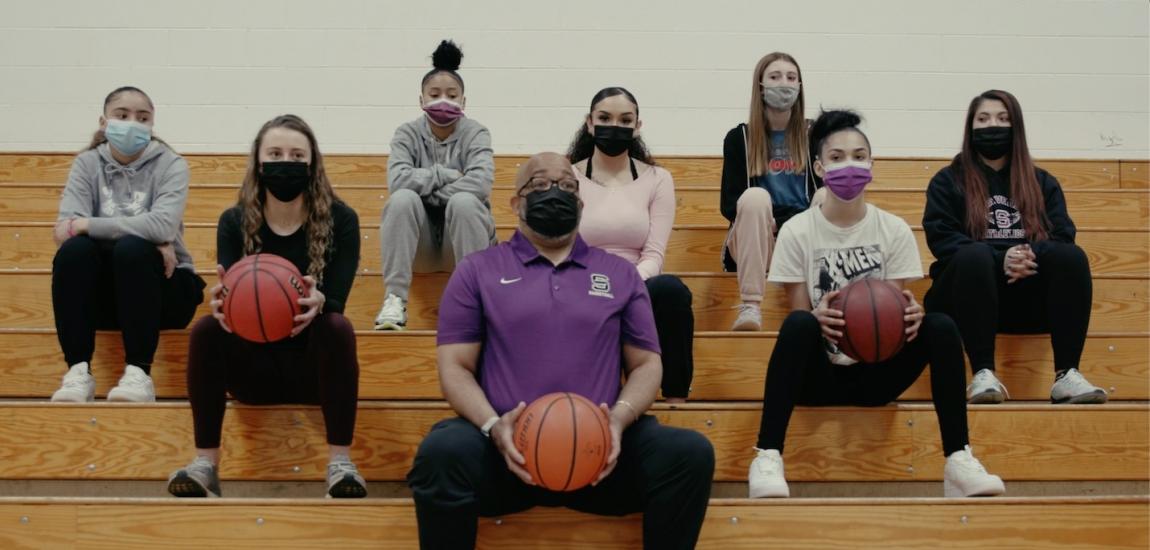You might have heard the story about how Michael Jordan's first choice of sneakers when he was entering the NBA in 1984 was Adidas, not Nike.
After getting a strong offer from Nike, Jordan went back to Adidas, and (as he put it to sports business reporter Darren Rovell in a 2009 interview) said: "If you come anywhere close, I'll sign with you guys."
As we all know, Adidas declined to match the offer. Jordan took the Nike deal, and the industry was revolutionized.
Now, according to a Wall Street Journal story, we have the reason why Adidas passed on Jordan:
He wasn't tall enough.
At that time, Lakers center Kareem Abdul-Jabbar was the biggest star Adidas had under contract. The Adidas braintrust was looking for more big men like Kareem, who was listed at 7-2, and not the 6-6 Jordan.
Ouch!
Ellen Emmerentze Jervell and Sara Germano report in the Journal that there was a push within Adidas to get Jordan, but the power brokers at company headquarters in Germany overruled those sentiments:
Adidas distributors wanted to sign Mr. Jordan, says someone who was an Adidas distributor then. But executives in Germany decided shoppers would favor taller players and wanted to sponsor centers, the person says, adding: "We kept saying, 'no -- no one can relate to those guys. Who can associate with a seven-foot-tall guy?'"
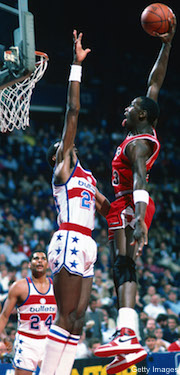
Adidas did land 7-foot Patrick Ewing coming out of Georgetown the following year, and perhaps the Nike-Adidas dynamic could've been a little different if his Knicks had ever gotten past Jordan's Bulls in the playoffs and won a title.
There is still a legacy of Adidas' big-man mentality that led its missed opportunity with Jordan. Current NBA stars wearing Adidas include centers/power forwards Tim Duncan, Dwight Howard, Joakim Noah and the Lopez twins. Its other top players include guards Derrick Rose, John Wall and Damian Lillard.
But the focal point of the Journal's story is how Adidas is trying to recover from a lengthy slump in the U.S. market. It had been No. 2 behind Nike in domestic sales, but slipped to No. 3 in 2014 when Under Armour surged past it.
Within Nike's empire, there is the Jordan Brand subsidiary, and it features players such as Russell Westbrook and Carmelo Anthony (and Derek Jeter before he retired).
The other interesting footnote is the fate of Converse. Jordan had worn Converse in college at North Carolina because of the school's contract. Converse was a major player in the NBA shoe game in the 80s with Magic Johnson, Larry Bird and Julius Erving. But a lack of innovation was hurting Converse, and when Magic left the company in 1992, he delivered these parting shots: "Converse as a company is stuck in the 60s and 70s."
Jordan's rise with Nike and the subsequent phenomenon of Reebok's Pump put it in even deeper trouble. Converse filed for bankruptcy in 2001. Nike rescued it by buying the company in 2003, and the Converse brand has rebounded well since then.

